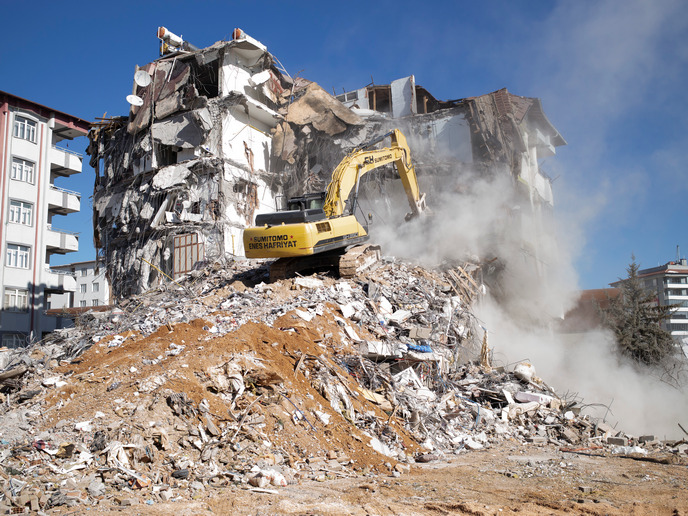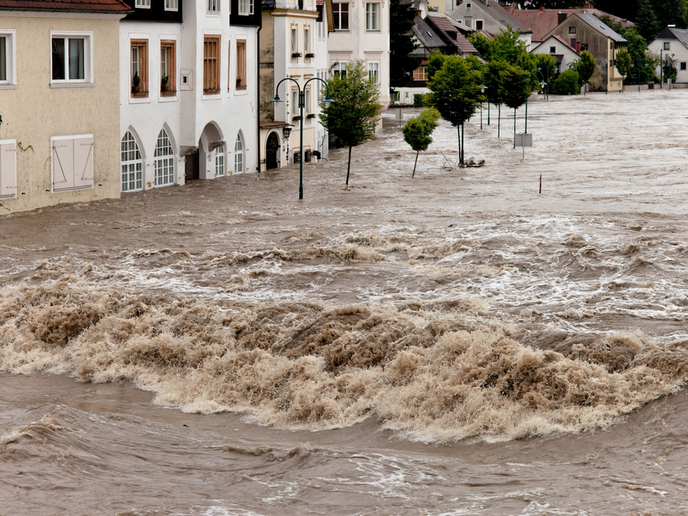AI could help anticipate catastrophic effects of future earthquakes
Since the 1960s geophysicists have been trying to predict earthquakes, so far without success. Anticipating such an event requires extensive mapping and analysis of the Earth’s crust properties. Making this possible is the challenge the team of researchers behind F-IMAGE have taken on. Their goal was to develop novel functional imaging of the brittle crust to elucidate not only structural properties but also fault dynamics. To do so, they used existing high-quality seismic observations that are saved in large data banks. In this endeavour, using AI has been critical in terms of probabilistic seismic hazard assessment. “AI enables us to learn the statistical relationships between these parameters and ground acceleration records. AI can therefore fully exploit large data sets to describe probabilistically the ground motion expected for a particular earthquake”, says Michel Campillo, a French seismologist and coordinator of the project. By evaluating the short-term evolution of faults (regions where geological fractures have occurred, often associated with earthquakes and other tectonic activities), it becomes possible to gain a better understanding of physical processes that produce major earthquakes and thus improve risk assessment.
Unsupervised analysis with the help of AI
This wouldn’t have been possible without the use of AI. “In this huge data set, which is impossible to analyse in detail by hand, there are obvious signals such as major earthquakes, but we intend to go further with weak signals and continuous evolutions of the crust's rocks.” says Campillo. The application of deep learning, a subfield of AI that uses artificial neural networks to mimic the way neurons in the brain interact with multiple processing layers, enables complex relationships and patterns within data to be successfully modelled. Furthermore, the use of AI to teach machines to recognise earthquakes and detect them very quickly among large masses of data has been developing rapidly in recent years. But what differentiates the F-IMAGE project is its approach, which relies on unsupervised learning, a type of data analysis without labelled training data. “The idea is to use a mathematical representation of signals that is optimal in the sense that it captures many properties of different timescales and allows the maximum amount of information to be expressed,” the project coordinator says. Moreover, global information can be extracted without any prior assumptions, not solely relying on learned features. Therefore, this approach to data mining takes advantage of AI tools and expertise, especially when dealing with vast datasets.
Methodological advances
In addition to advancing the use of unsupervised learning, the project has introduced a technique for detecting and locating small earthquakes. This method utilises data from a network of sensors or observatories and takes into account physical constraints, such as variations in the time it takes for seismic waves to travel through the Earth. By considering these global properties and physical constraints, the project's technique improves the accuracy and effectiveness of earthquake detection and location. For improved detection capacity of the quakes, the researchers introduced statistical quantification steps that are derived directly from deep learning methods and fed by large-labelled databases. The project played a crucial role in advancing techniques that utilise background seismic vibrations to create images of the Earth's geological features and their temporal changes. “F-IMAGE is an innovative approach in the rapidly evolving field of seismology. It focuses its application on fault zones and it employs various methodological advances such as using body waves, drawing insights from acoustic and optical imaging techniques, analyzing multiply scattered seismic energy”, Campillo says. In the future, there is major potential for applying the methodological developments that Campillo and his team have been working on to other areas as these innovative techniques can be applied beyond seismology. Professionals working in the medical or industrial sector for instance will reap the benefits of improved monitoring and data analysis.
Keywords
F-IMAGE, AI, earthquakes, seismic, ground motion, deep learning, seismology, fault dynamics







